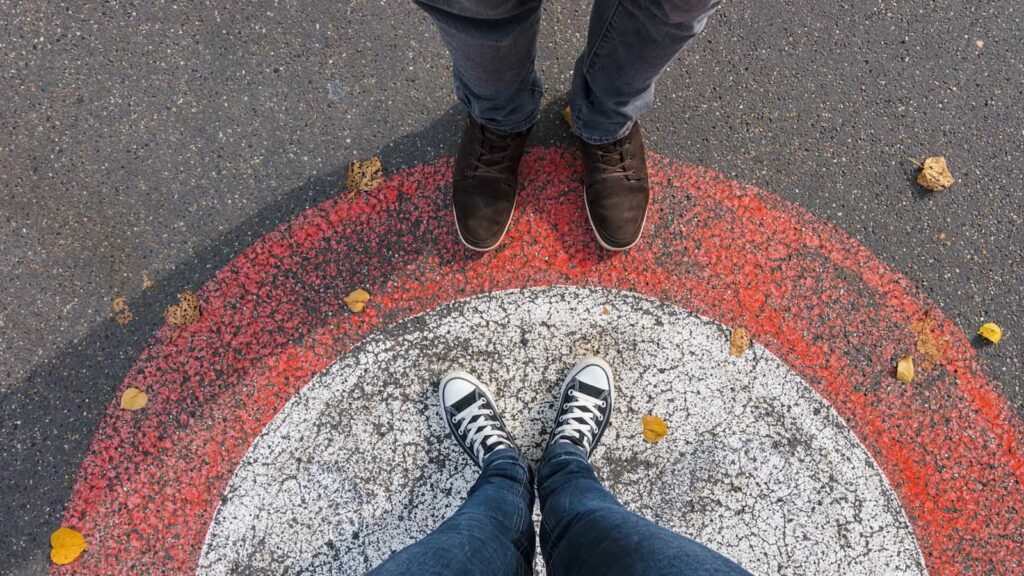10 Etiquette Rules Americans Should Learn Before Traveling Abroad
10 Etiquette Rules Americans Should Learn Before Traveling Abroad

Traveling abroad opens up a world of new experiences and cultural interactions. However, different countries have their own set of rules and expectations when it comes to etiquette.
As an American, it’s important to understand and respect these nuances to avoid misunderstandings and to show respect for the local culture.
In this guide, we’ll explore some key etiquette rules that every American should be aware of when traveling internationally.
1. Tipping practices vary widely

When traveling, it’s crucial to understand the tipping customs of the country you are in. While tipping is customary in the United States, many other countries do not expect tips, and in some places, tipping can even be seen as insulting.
For example, in Japan, service is included in the bill and tipping is not customary. In contrast, in the U.S., tipping 15-20% at restaurants is standard. To avoid any faux pas, do a quick research or ask locals about the tipping practices before you make any assumptions.
2. Personal space norms

The concept of personal space varies greatly from one culture to another. In the United States, people generally value a fair amount of personal space, but in more densely populated countries like India or China, the norms can be quite different.
It’s common to experience closer proximities in public spaces and transportation. Being aware of and respecting these differences in personal space can help prevent any discomfort or perceived rudeness.
3. Using indoor voices

Loud conversations or laughter might be acceptable in some casual American settings, but in many cultures, this can be seen as disruptive or disrespectful. In countries like Japan or Sweden, speaking softly and maintaining a lower volume in public spaces, including restaurants and on public transportation, is valued.
Observing and adapting to the volume of conversation around you is a simple yet effective way to show respect.
4. Queueing or lining up

Americans are accustomed to forming orderly lines and waiting their turn, but the approach to queues can differ abroad. In places like Italy or some parts of Asia, queueing might appear more chaotic and less structured.
Cutting in line, which is considered rude in the U.S., might be more commonplace. Observing and mimicking how locals queue will help you blend in and avoid conflicts.
5. Handshakes vs. kisses on the cheek

In the United States, a firm handshake is a common greeting, but in many parts of Europe and Latin America, a kiss on the cheek is the norm. The number of kisses also varies by country: two kisses (one on each cheek) are common in France, while three are customary in Belgium. Knowing the appropriate way to greet someone can start your interaction on the right foot.
6. Dining etiquette (fork and knife use)

Dining etiquette, especially the use of utensils, can be quite different abroad. In the U.S., the “zigzag” method where you switch the fork between hands is common, but in most European countries, the fork is held in the left hand and the knife in the right throughout the meal.
Observing and emulating the local dining customs can help you avoid awkward moments at the dinner table.
7. Respecting local customs and dress codes

Every country has its own set of customs and dress codes, and what’s acceptable in the U.S. may not be appropriate elsewhere. For example, visiting religious sites in many countries requires modest clothing and covered shoulders.
Researching and adhering to these customs not only shows respect but also enriches your travel experience.
8. Avoiding certain gestures

Gestures that are benign or positive in the U.S. can be offensive in other countries. For example, the thumbs-up sign is considered rude in parts of the Middle East and Latin America. Being mindful of the gestures you use and observing local interactions can help you communicate more effectively and respectfully.
9. Gift-giving traditions

In many cultures, gift-giving is an important part of social etiquette. The expectations and types of acceptable gifts can vary. In China, for example, giving a clock as a gift is considered bad luck. Understanding these traditions can help you in social situations, whether in a business setting or when visiting someone’s home.
10. Being punctual

While timeliness is highly valued in the U.S., attitudes towards punctuality can vary worldwide. In Southern European or some Latin American cultures, appointments and social gatherings often start later than scheduled. Knowing the local expectations can help you plan better and show respect for the local pace of life.
15 Weirdly Common Things Americans Suck At According To Foreigners

15 Weirdly Common Things Americans Suck At According To Foreigners
23 Things Americans Do Without Realizing How Weird They Are

23 Things Americans Do Without Realizing How Weird They Are
14 Europeans Things Americans Don’t Understand

14 Europeans Things Americans Don’t Understand
We are Mary and Eric, the founders of Be Right Back, a blog dedicated to romance around the globe and at home.
We are Mary and Eric, the founders of Be Right Back, a blog dedicated to romance around the globe and at home. With over 10 years of experience in dating and traveling to romantic places, we share our favorite date ideas and romantic destinations to help couples level up their relationships. Having lived in and traveled through the USA, we also share our favourite things to do in the States.
With 70,000 monthly readers and 16,000 followers on social media, Be Right Back is your go-to resource for romantic trip ideas and couple activities at home and abroad.
